Top 10 must-see spots in London
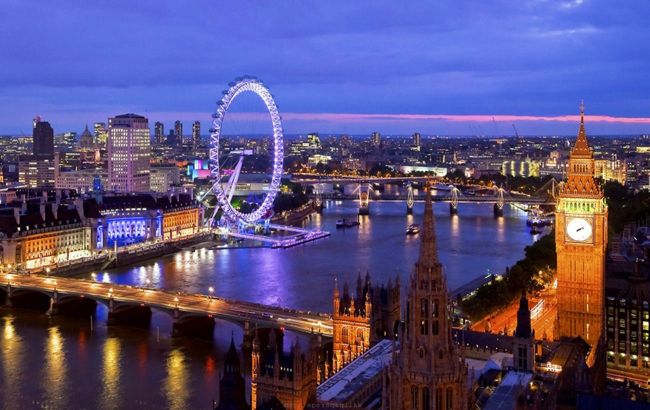 Photo: London (Getty Images)
Photo: London (Getty Images)
London is a British city with a rich history and cultural heritage. It attracts tourists with its diversity and beauty.
Content:
- Big Ben
- Trafalgar Square
- Buckingham Palace
- Tower of London
- London Eye
- Tower Bridge
- Westminster Palace
- National Gallery
- St. Paul's Cathedral
- Oxford Street
Big Ben
Begin your walk with a classic. London's symbol is often referred to locally as the Great Bell and officially named the Elizabeth Tower in 2012.
You can't miss this London landmark - Big Ben is the city's main landmark. This Gothic clock tower is located on the north bank of the River Thames and is part of the Westminster Palace. Its height is 96 meters.
This iconic clock tower has appeared in hundreds of films, and its image is printed everywhere, from T-shirts to wallpapers, making it one of the most recognizable structures in the world.
The tower looks amazing during the day, but its unforgettable impression on all visitors is made at night when it is brightly lit along the Thames.
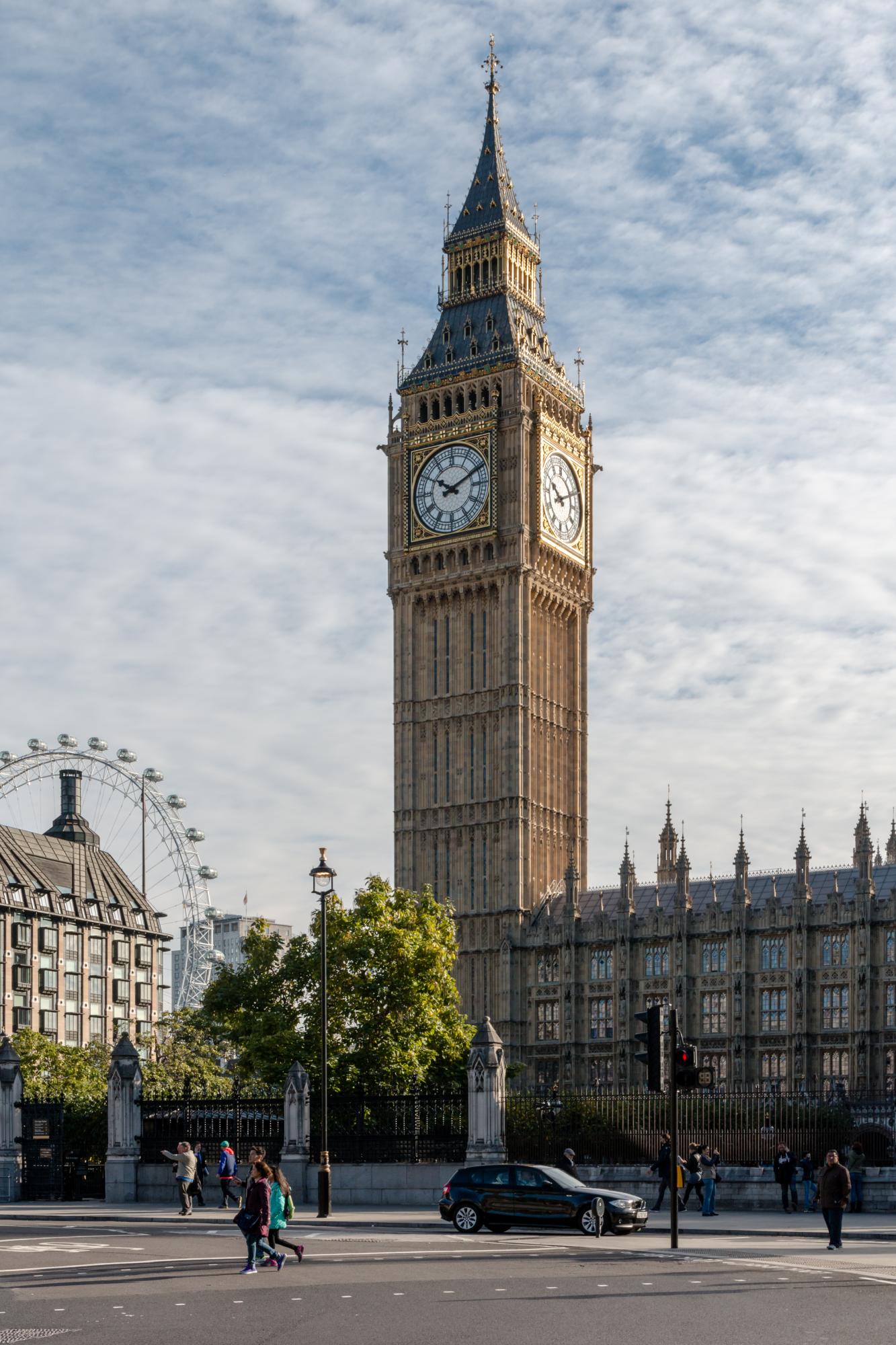 Photo: Big Ben (wikipedia.org)
Photo: Big Ben (wikipedia.org)
Trafalgar Square
Trafalgar Square is one of the most famous and picturesque squares in central London, playing a crucial role in the city's life and becoming a symbol of British culture.
Renowned for its history and impressive architecture, the square serves as a platform for various events and exhibitions. At its center stands Nelson's Column, a monumental structure honoring the heroic achievements of British Admiral Horatio Nelson during the Battle of Trafalgar against the French in 1805.
Another notable fact is that it was from this square in 1945 that Winston Churchill announced the end of World War II to the people of Great Britain.
Surrounded by four monumental lions and several large fountains, the square exudes solemnity and grandeur. Trafalgar Square has transformed into not just a central open space of the city, but also one of the world's most famous urban squares, becoming a popular destination for tourists.
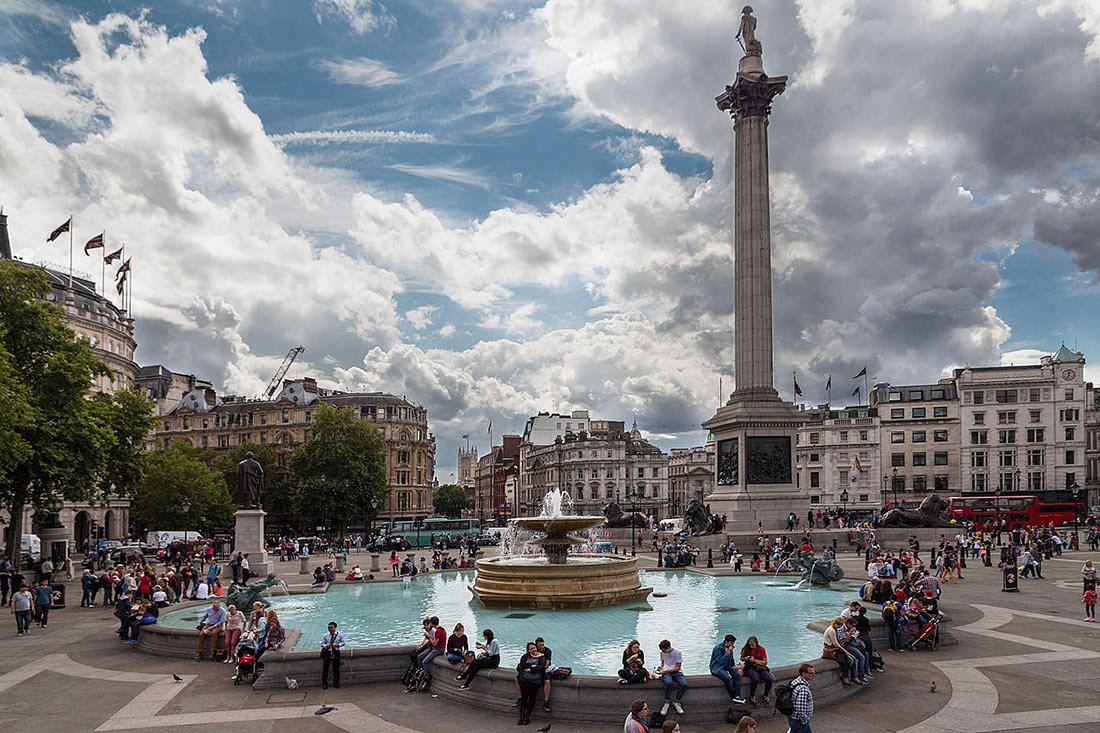 Photo: Trafalgar Square (wikipedia.org)
Photo: Trafalgar Square (wikipedia.org)
Buckingham Palace
Buckingham Palace is the Royal Palace, the official residence of the ruling dynasty in London. The building boasts around 800 rooms, and spread across its 20 hectares perimeter is a whole "city" for the internal use of the royal family: a hospital, police station, post office, and restaurant.
Originally built for the Duke of Buckingham in the 18th century, it was later purchased by King George III. It became the official residence upon Queen Victoria's accession to the throne.
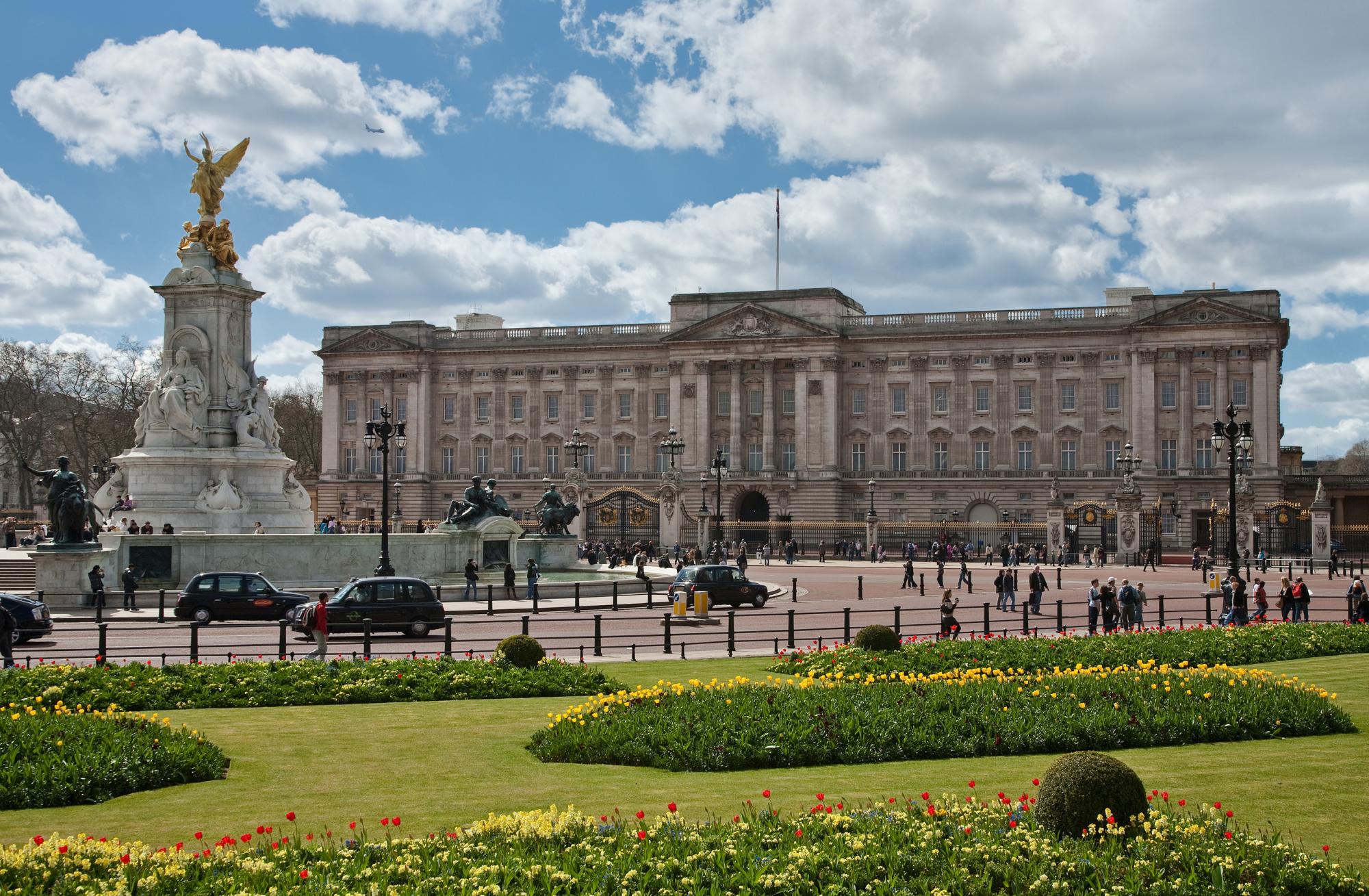 Photo: Buckingham Palace (wikipedia.org)
Photo: Buckingham Palace (wikipedia.org)
Tower of London
The Tower of London is a fortress situated on the north bank of the River Thames.
It is known for serving as a prison for notable individuals and prisoners of royal blood. Periodically, it also served as a residence for monarchs. It wasn't until the mid-20th century that the Tower ceased to function as a prison.
Today, the Tower is a museum dedicated to the city's history. Its main exhibit is the royal crown.
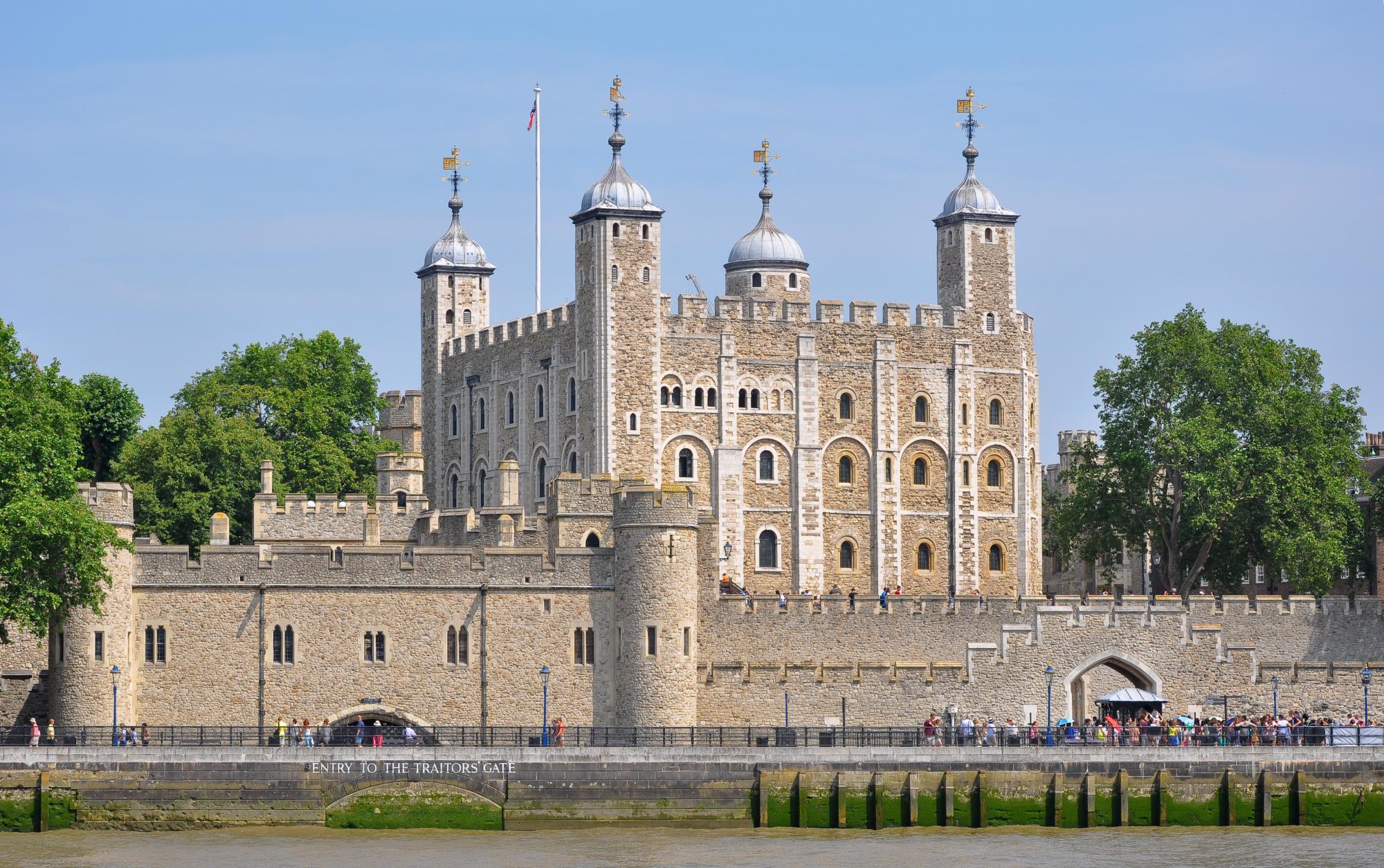 Photo: Tower of London (wikipedia.org)
Photo: Tower of London (wikipedia.org)
London Eye
The London Eye is truly worth the visit. Built in 1999, it is considered the world's largest Ferris wheel. It is undoubtedly the best observation point in the city and one of London's iconic landmarks.
Standing at a height of 136 meters, roughly equivalent to a 45-story building, the wheel is located on the banks of the River Thames, offering panoramic views of the entire city.
Passengers can board one of the 32 enclosed capsules, each representing one of the city's districts. A full rotation takes about half an hour.
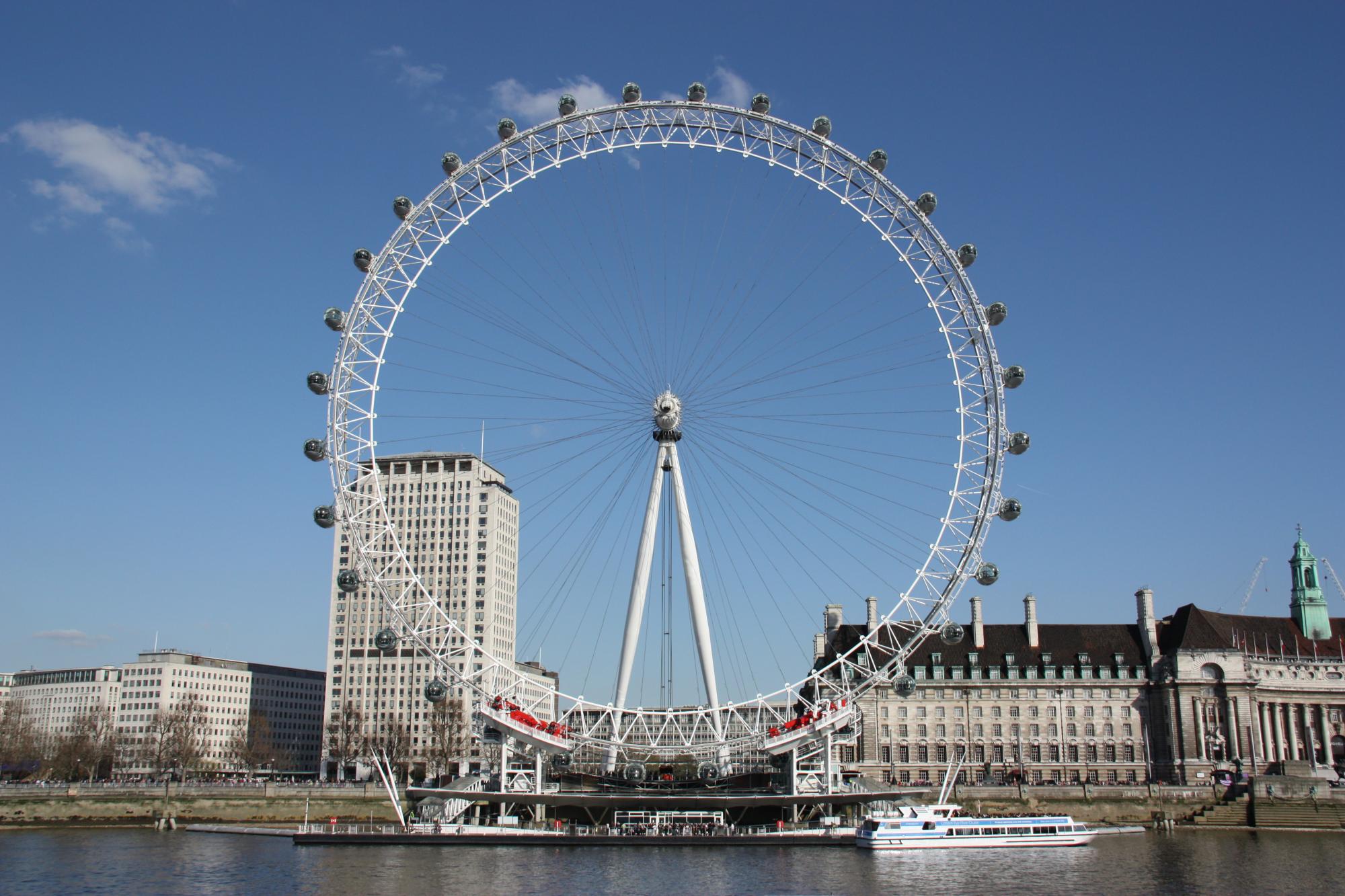 Photo: Ferris wheel "London Eye" (wikipedia.org)
Photo: Ferris wheel "London Eye" (wikipedia.org)
Tower Bridge
Tower Bridge is easily recognizable due to its unusual design: two Gothic-style towers standing at 64 meters tall on impressive river supports, connected by lifting spans and pedestrian galleries. One of the bridge towers houses a museum.
The bridge's main feature is its bascule design, located lower than all other bridges over the Thames. Its name comes from its proximity to the Tower of London.
Though initially seen as unattractive by locals, it has since become not only a key transport artery but also a landmark of London.
 Photo: Tower Bridge (wikipedia.org)
Photo: Tower Bridge (wikipedia.org)
Westminster Palace
Westminster Palace is a magnificent architectural marvel and the epicenter of political and historical life in Great Britain. Built in the 11th century and situated on the banks of the River Thames, it was originally intended as a royal residence where kings and their families resided permanently.
Since the 16th century, Westminster Palace has been the meeting place of Parliament and the venue for official events. Despite undergoing numerous reconstructions over time, the palace retains its significance as a symbol of British democracy and cultural heritage.
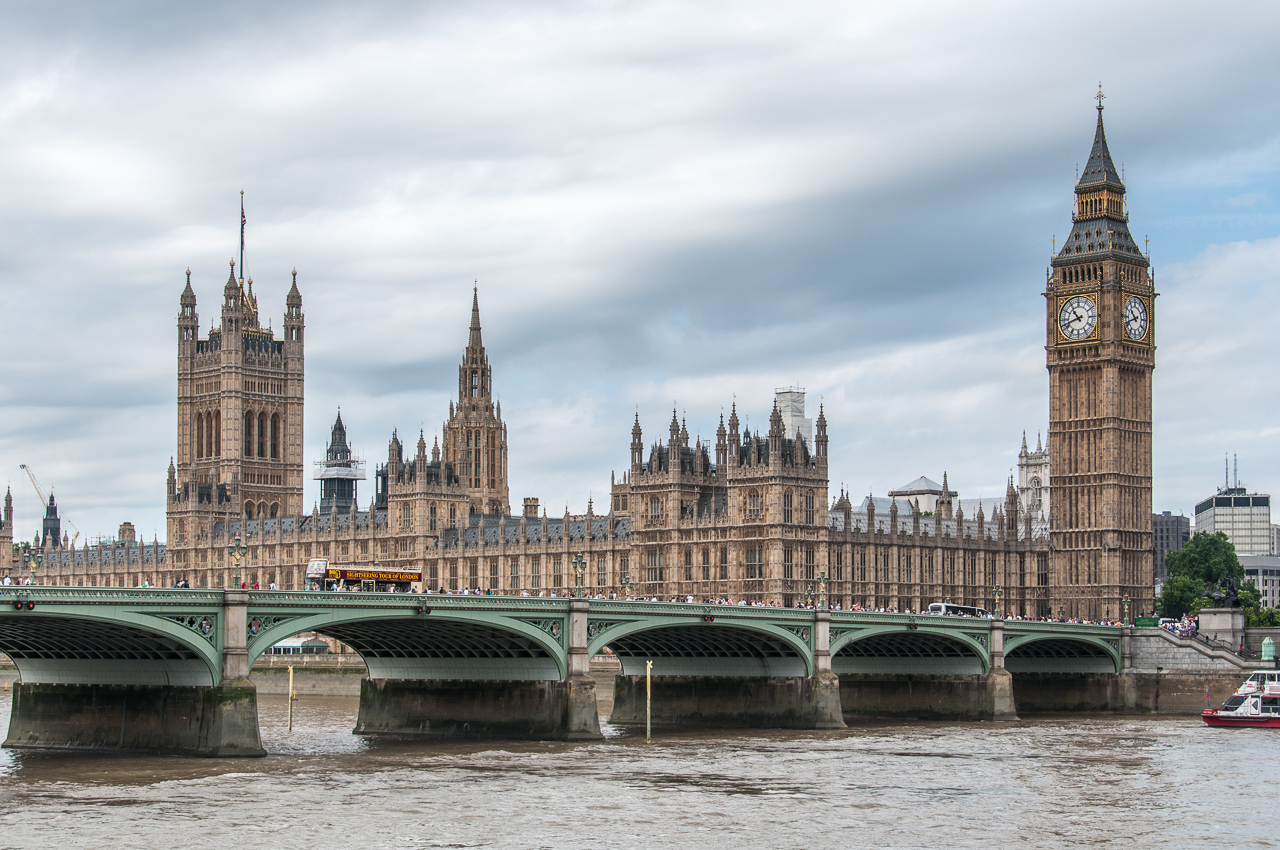 Photo: Westminster Palace (wikipedia.org)
Photo: Westminster Palace (wikipedia.org)
National Gallery
The National Gallery in London is the largest museum in the country, showcasing over 2,000 examples of Western European paintings dating from the 12th century onwards.
Established in 1839, the gallery's collection has been continually expanding since its inception. Like many similar institutions, the museum cannot be fully explored in a single visit; multiple returns are necessary to appreciate all the exhibits. Additionally, visitors to the National Gallery can enjoy audio guides and art lectures.
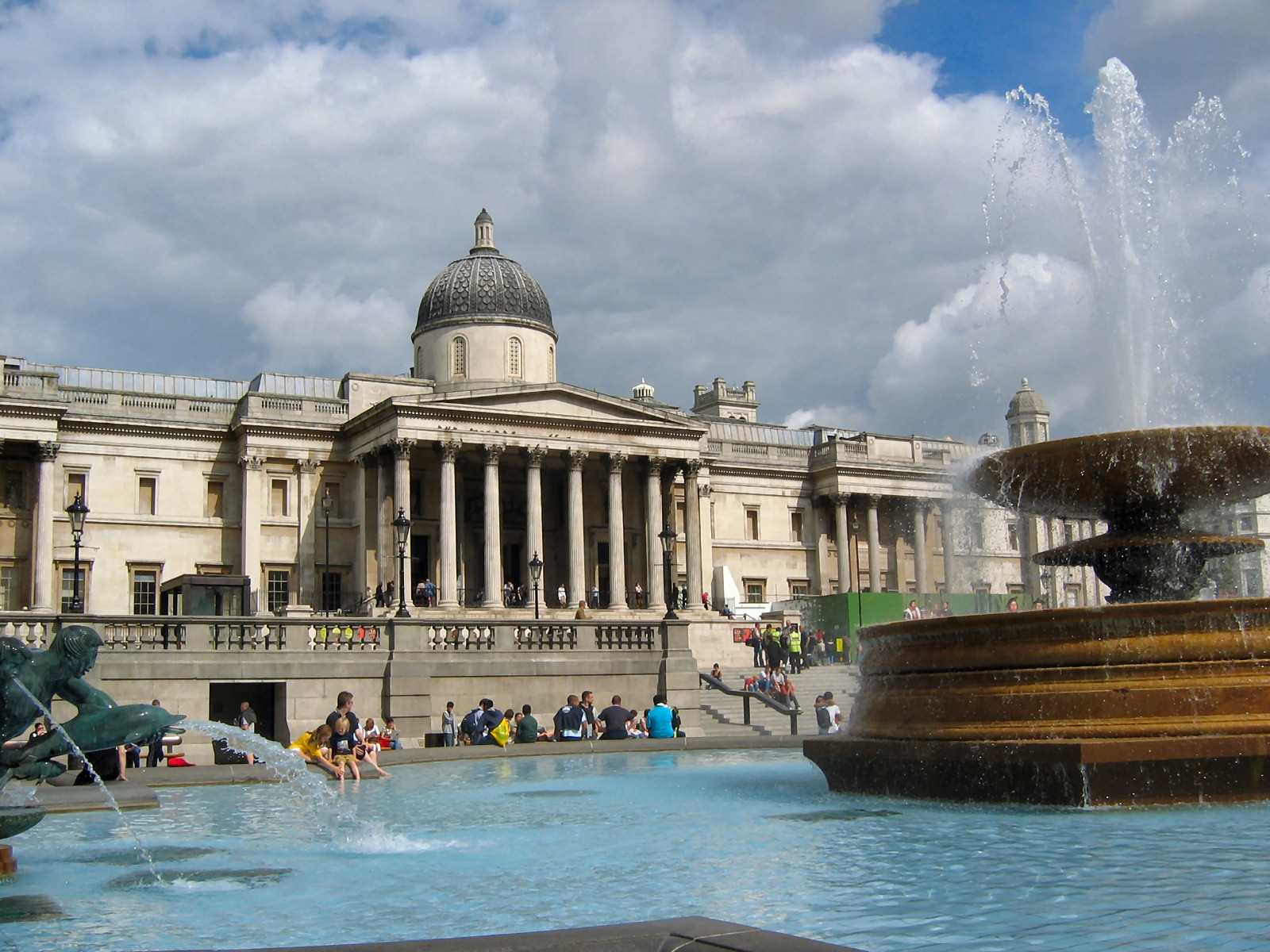 Photo: London National Gallery (wikipedia.org)
Photo: London National Gallery (wikipedia.org)
St. Paul's Cathedral
St. Paul's Cathedral, located on Ludgate Hill, is a notable architectural masterpiece and a symbol of London's spirituality.
The history of this cathedral dates back to early medieval times, when the first Christian churches were erected on this site. After Henry VIII's reforms, the Catholic cathedral that previously stood here fell into decay, leaving only ruins atop the hill.
In the 17th century, construction began on a completely new cathedral designed by the renowned architect Sir Christopher Wren. St. Paul's Cathedral was completed in 1708 and became a prominent example of English classicism. Many notable figures of Great Britain are buried within its walls, including Winston Churchill and Admiral Horatio Nelson.
_1.jpg) Photo: St. Paul's Cathedral (wikipedia.org)
Photo: St. Paul's Cathedral (wikipedia.org)
Oxford Street
Oxford Street is one of London's most famous shopping streets, attracting over 100 million visitors annually.
Primarily known for fashion and shopping, it boasts over 500 shops within its relatively compact 2.4 km length. These include boutiques of global brands, large family supermarkets, and mass-market retailers.
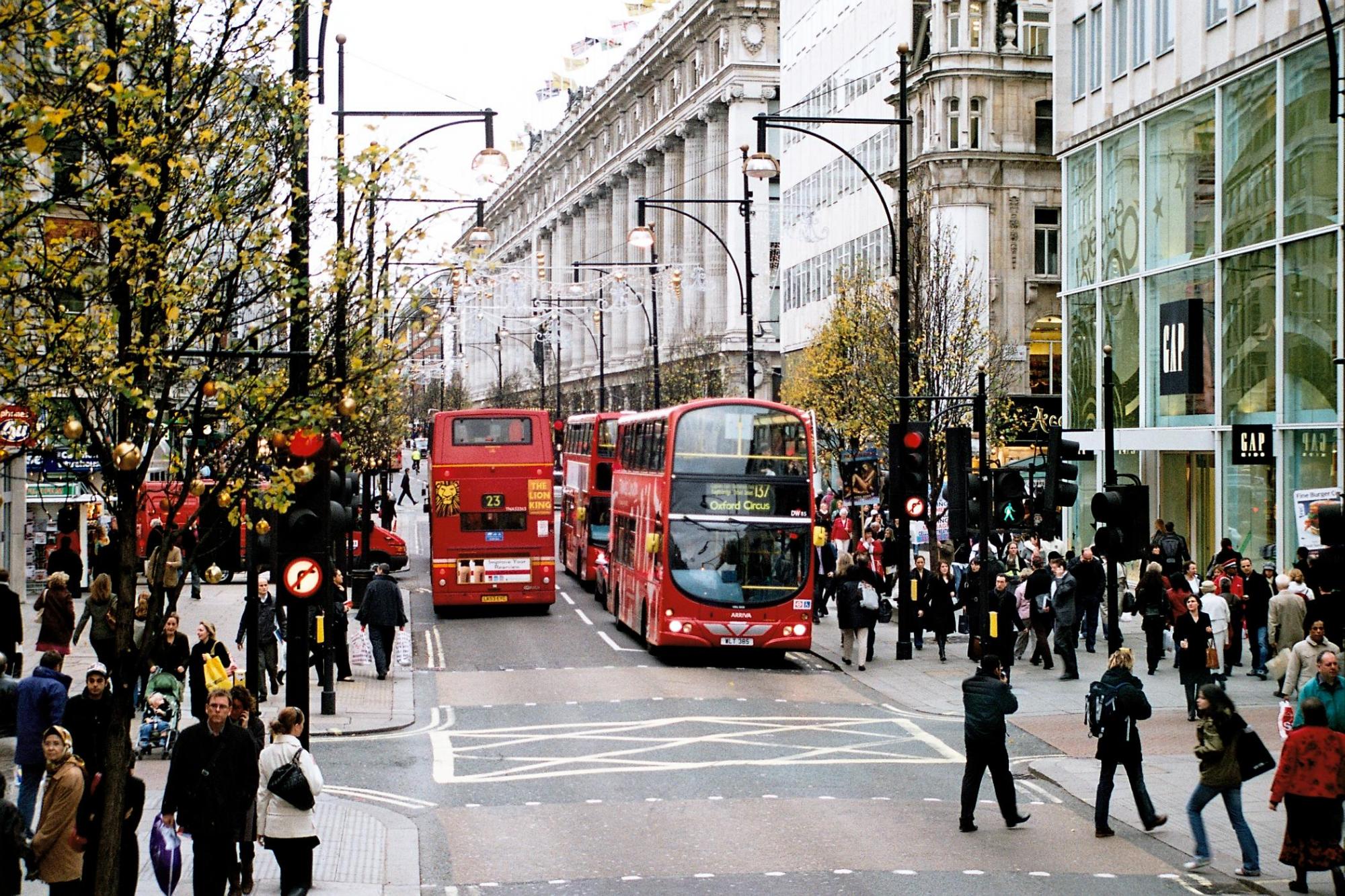
Photo: Oxford Street (wikipedia.org)
Earlier we reported which interesting places you must visit in Milan.
Sources: Wikipedia, History and Architecture of the Tower of London, the official websites of Buckingham Palace, Westminster Palace, and the National Gallery in London.

